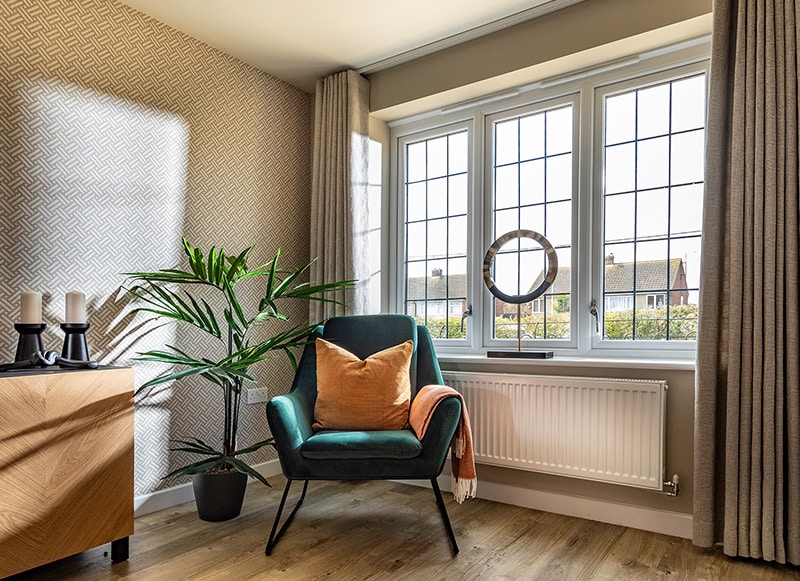Venture capitalist funding has changed the shape of the systems market. Is it now doing the same in fabrication?
Venture Capitalists investment in the window and door industry isn’t new it’s been a feature of the systems market for sometime. What’s notable, however, is that this has now reached the fabricator level with a number of high-profile acquisitions last year and at the beginning of this.
“Venture capitalist funding tends to go together with consolidation in maturing markets. We will be looking at a very different market at not just systems company but also fabrication levels within the next three years”, says Kush Patel, Deputy Managing Director, Emplas.
Predictions and forecasts of consolidation are rife – but again, not entirely new. ‘Super-fabricators’ were meant to have ‘inherited the earth’ more than a decade ago. This so far, is an unfulfilled promise but with some sizeable shifts already and the continuing jostling for position and market share among big fabricators, there’s a question mark as to whether it will remain so.
“There are lots of different economic factors at play, which may accelerate or slow consolidation but where you see consolidation of large groups, you tend to see industry wide change”, continues Patel. “This can be negative, pushing down prices but also positive in driving innovation – both, however, require investment.”
The Market for Domestic Entrance Doors (Palmer) argues that a flattening of the market in 2015 saw total volume fall by 0.7%. This was, however, offset by a shift towards higher-end products and higher value installations, which delivered a 2% increase in installed value to £4.20 billion.
The authors of the report making a point of referencing the growth seen in PVC-U foils and flush finish systems, emulating the appearance of traditional windows.

Having begun manufacture of Profile 22’s Optima system last year, Emplas added Optima Flush in Spring. This combines a technically advanced multi-chamber PVC-U system with traditional timber sightlines with mechanically jointed options, traditional top and deep bottom sash rail options, heritage dummy sash on frames with fixed lights and integrated hardware.
Emplas also recently announced the expansion of its ex-stock colour range. Cutting lead times and reducing costs, foiled Cream, Anthracite Grey, Anthracite Grey on White, Black Brown, and Black Brown on White are now available as ex-stock standard colours.
The central crux of Patel’s argument is that the writing is on the wall for smaller fabricators, who don’t have the resource to invest in product development to match market and end user demand. This has an impact on the competitiveness of their customers and things spiral downwards.
“We have scale and that affords us a little breathing space”, continues Patel but we still have to work hard to drive efficiencies through our businesses, keeping costs lower for our customers, while still investing in the development of both our product and customer service offer.”
To this end, Emplas is well advanced in a £2million extension of its manufacturing base in Wellingborough, Northants. Scheduled for completion this autumn, it will increase factory floor space, loading bays and offices by a third.
A further £1million of investment in new machinery will commence upon completion of the extension; integrating with Emplas’ wider IT infrastructures and customer services and client software tools. Production and Supply are fully connected right up to the point of delivery.
“Integration of our manufacturing and customer systems has been key. Our customers can place orders 24/7, see how they’re progressing through the factory and know exactly when they’ll be delivered”, says Patel.
“What’s critically important is that our operation from procurement to customer service is also connected. We can support our customers better and bring them a better service because of the controls and systems we have in place and because of the visibility of our operation as a whole that it gives us.”
He argues that the cost of this investment is prohibitive to smaller fabricators. “These efficiencies allow us to keep a lid on costs while continuing to invest in our product offer. In a maturing market and in the face of consolidation this is key, as is the stability which it gives us.”
This is another important point for Patel. He argues as well as increasing pressure on smaller fabricators who will struggle to meet customer and ultimately end-user demand for new products, the swallowing-up of manufacturing businesses into large groups, will also exert a negative impact on supply chains.
“Wherever you get consolidation you massively increase the risk of disruption to supply, as new owners work to incorporate newly acquired operations alongside their existing businesses, something which can impact on the service levels of both businesses”, says Patel.
“Venture capitalists also don’t buy multiple fabrication facilities to run each in its own right. They buy them for market share and rationalize everything else. We would expect to see now is an acceleration of that process as competition within the market increases”, he continues.
He concludes: “Despite our size and scale we remain a family owned and run businesses. We believe that there is real value in that stability and in the innovation and investment that it affords us for our customers. Our focus is on growing with them and our market share organically – not acquisition or merger.”
For more information on Emplas visit www.emplas.co.uk , email [email protected] or call 01933 674880.
